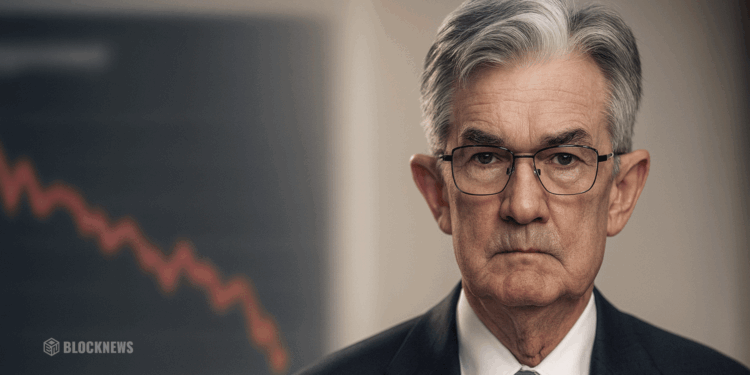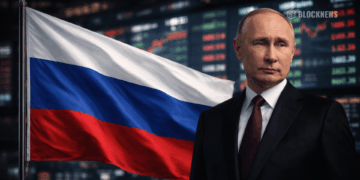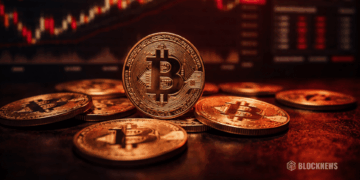- Stronger jobless data and Fed officials’ cautious tone raise doubts about an October rate cut.
- Market odds of an October cut fell to 83%, though most economists still expect one.
- A pause could follow if labor-market risks don’t materialize later this year.
The Federal Reserve’s path toward additional rate cuts has suddenly come into question as stronger-than-expected economic data and cautious comments from key policymakers spark debate. Jobless-claims figures show the labor market is holding up, and inflation is still above the Fed’s 2% target. Some economists now believe the central bank could skip a cut at its October 28–29 meeting and wait until December instead.
Fed Officials Push Back on Rapid Easing
Several voting members of the Fed’s interest-rate committee voiced hesitation this week. Kansas City Fed President Jeff Schmid said current policy is “the right place to be,” while Chicago Fed President Austan Goolsbee warned against “front-loading too many rate cuts.” Both emphasized the need to be sure inflation is truly moving lower. St. Louis Fed President Alberto Musalem echoed the concern, saying further easing risks becoming too accommodative. These remarks signal that at least some regional Fed presidents want to slow the pace of cuts.
Markets Still Betting on October Cut
Despite the cautious tone, traders in futures markets still expect a quarter-point cut next month, though odds slipped from 93% to 83% after the speeches. Economists remain split. Thomas Simons of Jefferies projects cuts in both October and December, arguing that labor conditions remain fragile and businesses are still trimming headcount. SGH Macro Advisors’ Tim Duy believes Fed Chair Jerome Powell supports continued easing and that the Board of Governors, which holds majority influence, is leaning toward rate cuts.
A Possible Pause After October
The wild card could be incoming data—or the lack of it. A government shutdown would stall key economic reports, potentially giving the Fed reason to wait. Michael Feroli of J.P. Morgan suggested the Fed might pause after October or December if unemployment remains stable and labor-market risks fail to intensify. With just one more jobs report before the October meeting, the Fed faces a delicate decision: cut again and risk fueling inflation, or hold steady and risk slowing growth.














